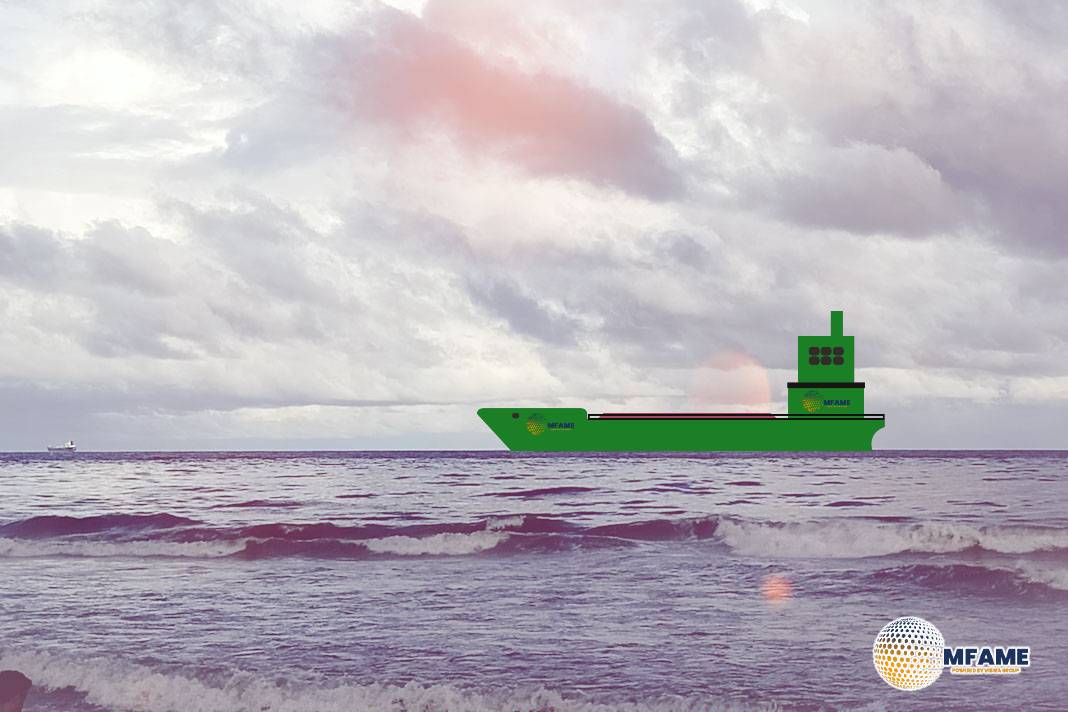In the first half of 2025, the global liquefied gas shipping markets (both LNG and LPG) remain under pressure from vessel oversupply, shifting trade flows, and geopolitical risks. Forecasts point to continued softness in rate recovery across both sectors, with some relief tied to cargo rerouting and terminal capacity constraints.
LNG Shipping: Oversupply Meets Recovery Pressure
Fleet growth continues to outpace demand:
The LNG carrier fleet is projected to grow by approximately 11% year‑on‑year, with nearly 100 new vessels expected for delivery in 2025. In contrast, additions to global liquefaction capacity remain limited, keeping the market unbalanced and freight rates subdued.
Weak rate environment persists in early 2025:
Although rates showed brief signs of improvement earlier in the year, average time charter equivalents have remained in the range of US $32,000–35,000/day. Soft global demand and high vessel availability continue to constrain any sustained recovery.
Demand supports: rerouted voyages and Asian imports:
Asian LNG importers—particularly China, Japan, and South Korea—have contributed to moderate demand growth. Longer voyage routes, particularly around the Cape of Good Hope, have helped absorb some excess tonnage. However, European LNG demand has not rebounded enough to provide balance.
Balance outlook:
A recovery in LNG shipping rates will likely depend on vessel retirements and delivery slowdowns. Market balance could be aided by the scrapping of 30–40 older steam turbine vessels and extended idle times for less efficient tonnage.
LPG Shipping: Tight Constraints Temper Growth
Export growth slows amid capacity congestion:
After a strong year in 2024, US LPG export growth is slowing to around 6% annually. Terminal bottlenecks at major Gulf Coast ports have pushed loading costs to record highs and introduced delays in outbound volumes.
Terminal expansions delayed:
While construction is underway at several export terminals, most new capacity is not expected online until late 2025 or beyond. As a result, short-term LPG throughput will remain restricted, keeping fees high and limiting shipping demand.
Impact on vessel demand and VLGC rates:
With loading costs elevated, the US–Asia LPG arbitrage window has narrowed, impacting trade flow viability. Combined with slower export growth, this dynamic has placed downward pressure on very large gas carrier (VLGC) rates and fleet utilization.
Geopolitical Influences
US–China tariff tensions:
Escalating trade friction between the US and China—including new tariffs on LNG and LPG—has begun to reshape energy trade routes. China is diversifying its import sources, cutting reliance on US cargoes and thereby reducing average voyage distances and ton-mile demand.
Market substitution effects:
The redirection of cargoes and shortening of trade routes could eliminate up to 45 billion tonne-miles annually. This reduction in demand would equate to dozens of fewer cargo movements per year, putting further strain on the already oversupplied fleet.
Outlook & Strategic Highlights
| Segment | Outlook for 2025 | Key Strategic Drivers |
|---|---|---|
| LNG Shipping | Flat to slightly down in charter rates | Fleet oversupply, scrappage delays, volatile demand |
| LPG Shipping | Modest export growth, tight terminal conditions | Capacity constraints, high loading fees, trade tensions |
Forward indicators to monitor:
- Timing of US terminal expansions and export capacity increases.
- Retirement rate of older LNG vessels.
- Continued geopolitical disruptions affecting voyage lengths
- Final investment decisions on new liquefaction and export infrastructure
As of mid‑2025, LNG and LPG shipping markets remain challenged by a combination of structural oversupply and geopolitical instability. LNG carriers are grappling with a mismatch between fleet expansion and demand growth, while LPG shipping is hampered by infrastructure limitations and changing trade flows. Looking forward, the market’s trajectory will hinge on scrappage activity, terminal developments, and the global energy trade realignment. Stakeholders will need to navigate a complex environment with careful attention to fleet deployment and chartering strategies.
Did you subscribe to our daily Newsletter?
It’s Free Click here to Subscribe!
Source: Drewry



















